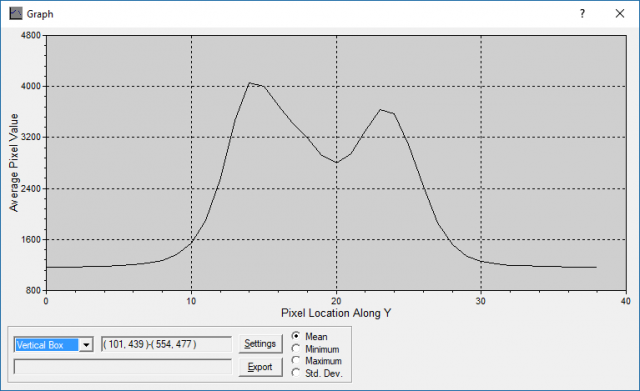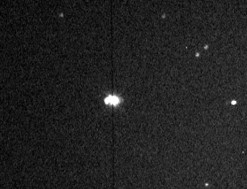› Forums › Spectroscopy › LHires experience – and some issues… › LHIRES III Setup
Hi Kevin,
I will reply to your points ii and iv, and perhaps a bit on i, as I think they may be related. I have the same setup as you, an LHIRES III and a GSO 10″ RC.
When I first started with my LHIRES III, I concentrated on trying to get perfect guide stars and a perfectly narrow spectrum. I was getting some very nice results. Then after a few months I tried tweaking things to get the maximum throughput. I found I was getting my best results by going for a compromise setup. By that I mean that the spectrum is not perfectly narrow, and neither is the guide image perfect. It is possibly I gave up too early, but from conversations with Shelyak and other users, I think the sweet spot is genuinely a compromise setup.
My main learning was not to concentrate on getting the narrowest possible spectrum. I realised this when I started using MaximDL to examine spectra on the fly. Not looking to maximise the counts in the centre of the spectrum, or trying to get the narrowest possible spectrum, but instead to get the largest combined counts across the height of the spectrum. Hopefully you understand what I mean, which is basically you want as many photons to pass through the slit and spectrograph, reaching the detector. I found this might not be when the star appears perfectly focused on the slit, or the spectrum image as narrow as possible. This seemed a bit crazy at the time, and maybe I am still missing something, but I kind of assume it is something to do with the slit being a half-silvered glass plate. It is worth noting I don’t mean a horrible guide image or spectrum, just not absolutely perfect.
Here are a couple of images to try to illustrate what I mean. First an image of the spectrum of gamma Peg at high spectral resolution.

You can see the image is not perfectly focused as the central obstruction shows in the middle. However, if I examine the vertical profile using a box area in MaximDL I see the following.

So the dark centre is far from being black, but contains a lot of signal. I tried various ways to improve the look of the spectrum, to make it look more ‘Gaussian’ in cross-section and I did achieve this. However, when I did thorough checking of the results, I was always getting less photons.
So when I focus, I aim to maximise the cross-sectional area of the spectrum, not the star on the slit. Just to be clear these are small changes, so the stars still look reasonable in the guide camera. To use this method of focusing (this is focusing the telescope), you need a star that is bright enough to give a decent spectrum in 10-20 seconds but not so bright that the spectrum starts to saturate. With shorter exposures you will be chasing seeing affects rather than true focus, and longer exposures will take a long time to try out different focus positions to reach the sweet spot.
I find there is very little image shift in the GSO 10″ RC unless the temperature really varies a lot during the night. So I can spend a decent time getting good focus, and then often leave it for weeks.
With regard to the guide image, here is an example from my setup for comparison.

I hope some of this helps. It would be interesting to hear if other LHIRES III users found similar results to me, or get their best results with the narrowest spectrum.
Cheers,
Andy
